Are biomaterials the future of beauty packaging?
Explore the most innovative materials for sustainable beauty packaging, from magic mushrooms to dissolvable delights
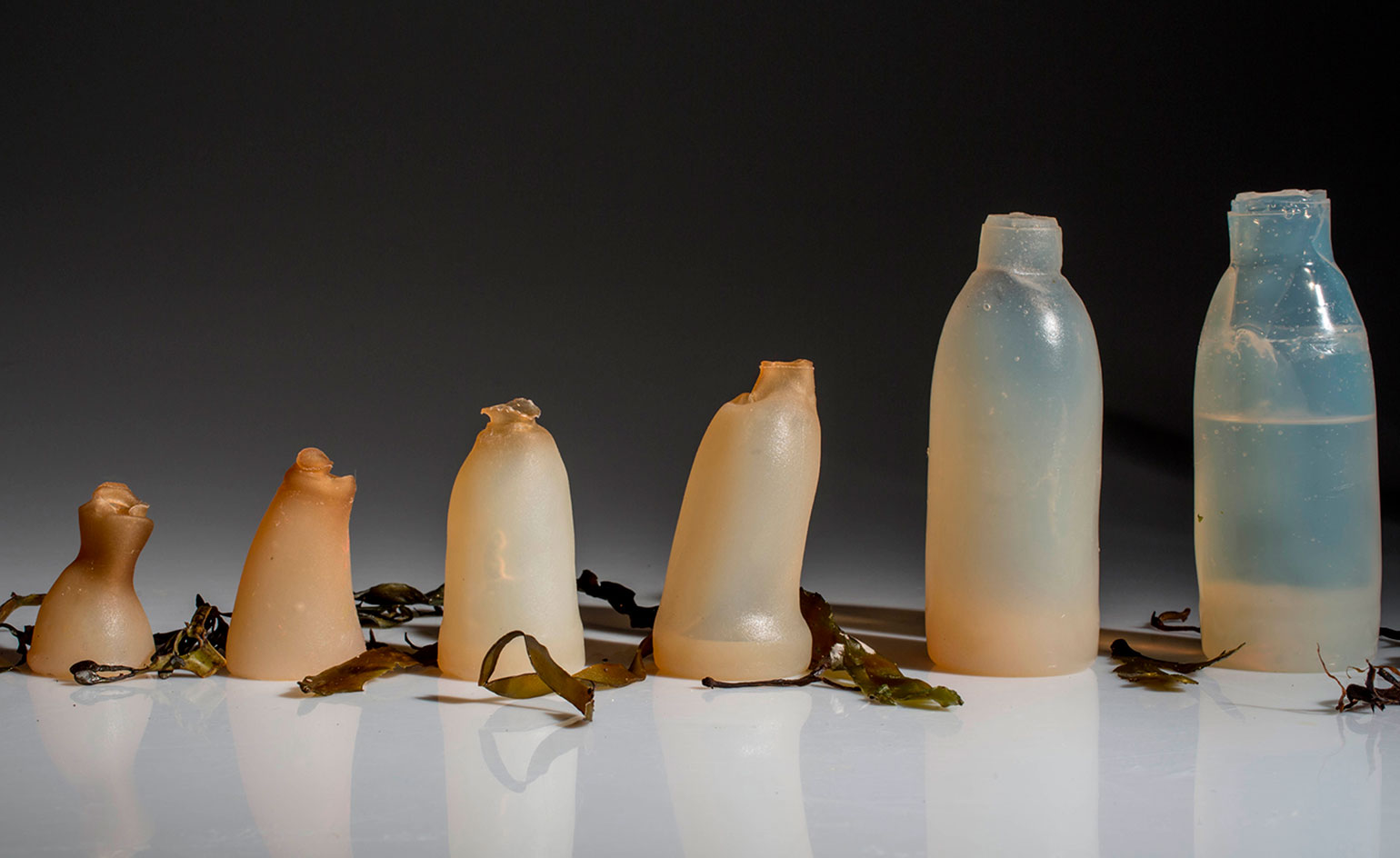
We have been working to unpack the vast and complex world of sustainable beauty, as it relates to refillable products, vegan formulations, and subscription services. But one topic we’re yet to look at more closely is sustainable beauty packaging, one of the biggest challenges facing the beauty industry today.
A report by strategic foresight consultancy The Future Laboratory, notes that the cosmetics industry creates 120 billion units of packaging a year and predicts that by 2050, the beauty industry will have contributed up to 12 billion tonnes of plastic to landfill.
In an effort to combat the plastic problem, a number of beauty brands are using innovative biomaterial alternatives. Below, we explore some of the most interesting solutions yet.
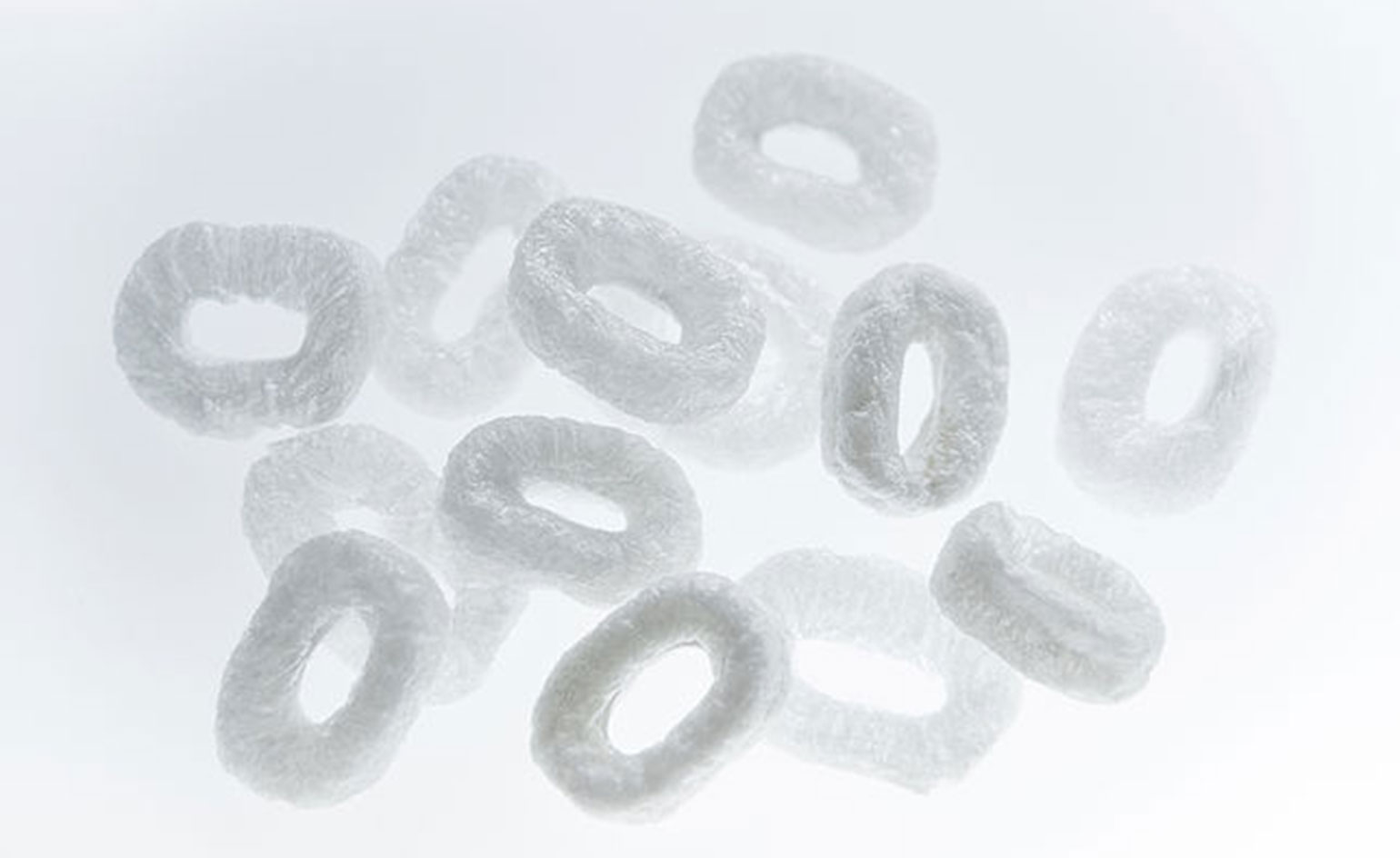
Agar packaging by Japanese design studio Amam
Magic mushrooms: mycelium packaging
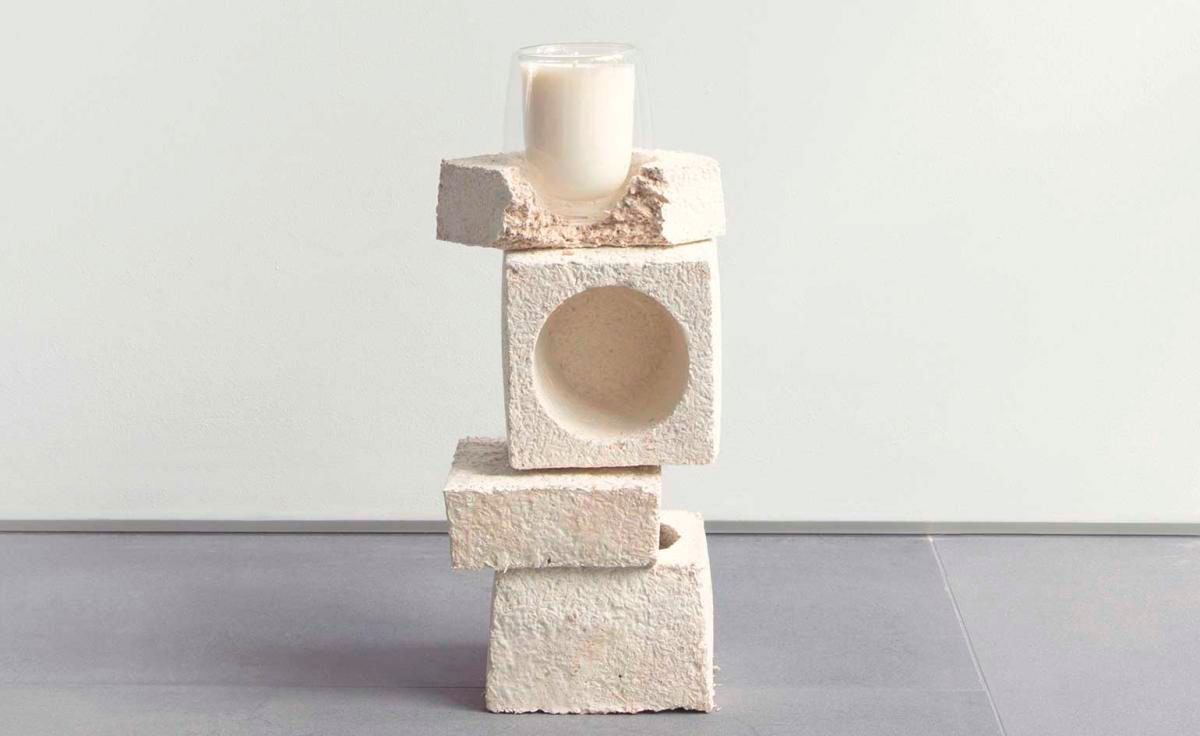
Of all the biomaterials used by beauty brands, mycelium seems poised to become the industry mainstay. Hæckels won a Wallpaper* Design Award in 2020 for its boxes made from fungi and agricultural waste, with product information printed on recycled paper studded with seeds. Other brands, such as Amen candles and Bel Rebel fragrances, have also started packaging their products in the mushroom-based material.
As Hæckels founder Dom Bridges told us, mycelium is a ‘living, breathing’ material that can be grown, recycled and thrown 'out of the window’ to readily decompose.
Trend forecasting agency WGSN cites the use of mycelium material as one of its key trends for 2021 and beyond in both the beauty and fashion industries. This year, Stella McCartney launched two garments made out of Mylo, a mycelium-based leather alternative, while heritage powerhouse Hermès released a prototype version of its ‘Victoria’ travel bag made from mycelium leather. To learn more about these and other sustainable fashion initiatives, read our comprehensive guide to eco-wear shopping here.
Super seeds: seed-embedded packaging

Launched on Earth Day 2021, British brand Loopeco is the latest proponent of eco-production practices within the beauty industry. The brand’s vegan skincare products are held in 100 per cent plastic-free bottles that are shipped in compostable boxes embedded with chrysanthemum seeds. The boxes need simply to be covered with 3mm of soil, placed in a sunny spot, and watered often to produce a pretty patch of wildflowers.
Wallpaper* Newsletter
Receive our daily digest of inspiration, escapism and design stories from around the world direct to your inbox.
Woody wonders: wood pulp packaging
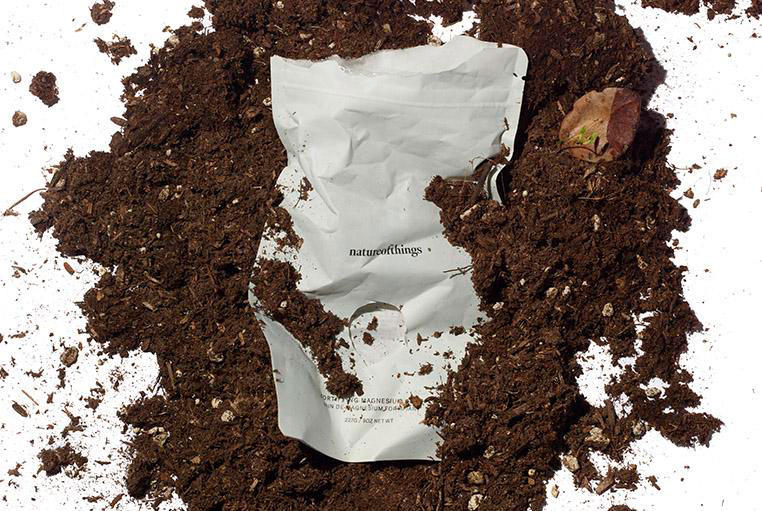
CBD wellness brand Natureofthings is one brand experimenting with the compostable material Biotrē. The brand’s Fortifying Magnesium Soak comes in bags made out of the material, which is 60 per cent biodegradable recycled wood pulp and 40 per cent polyethylene (a lightweight plastic) that contains an enzyme to make it degrade faster than standard plastic.
While Natureofthings admits the material is ‘still to be perfected’, the Biotrē bags can be placed in a home composting bin and will break down within a few months.
Disappearing designs: dissolvable packaging
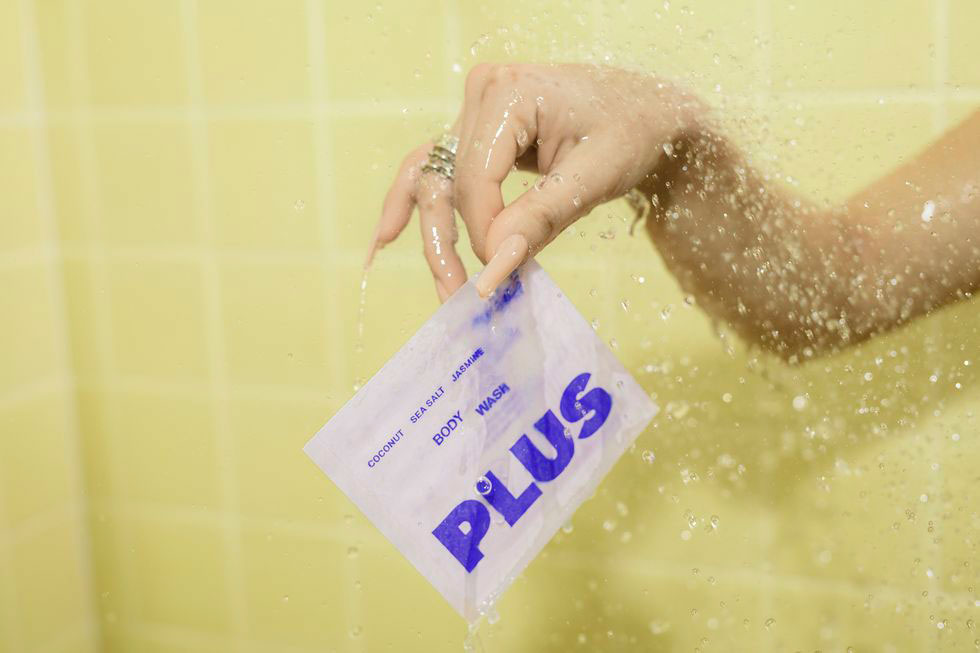
Launched this year, Plus is a personal care brand with a revolutionary approach to sustainability. Its first product is a gender-neutral body wash in the form of 16 paper-like sheets. Each sheet is held in a dissolvable sachet that disappears when exposed to water, while the sheets themselves turn into a silky foam.
The sachets are made from wood pulp sourced responsibly from Forest Stewardship Council-certified forests and are shipped in compostable bags, making for an all-around innovative approach to beauty packaging.
Solid seaweed: agar packaging
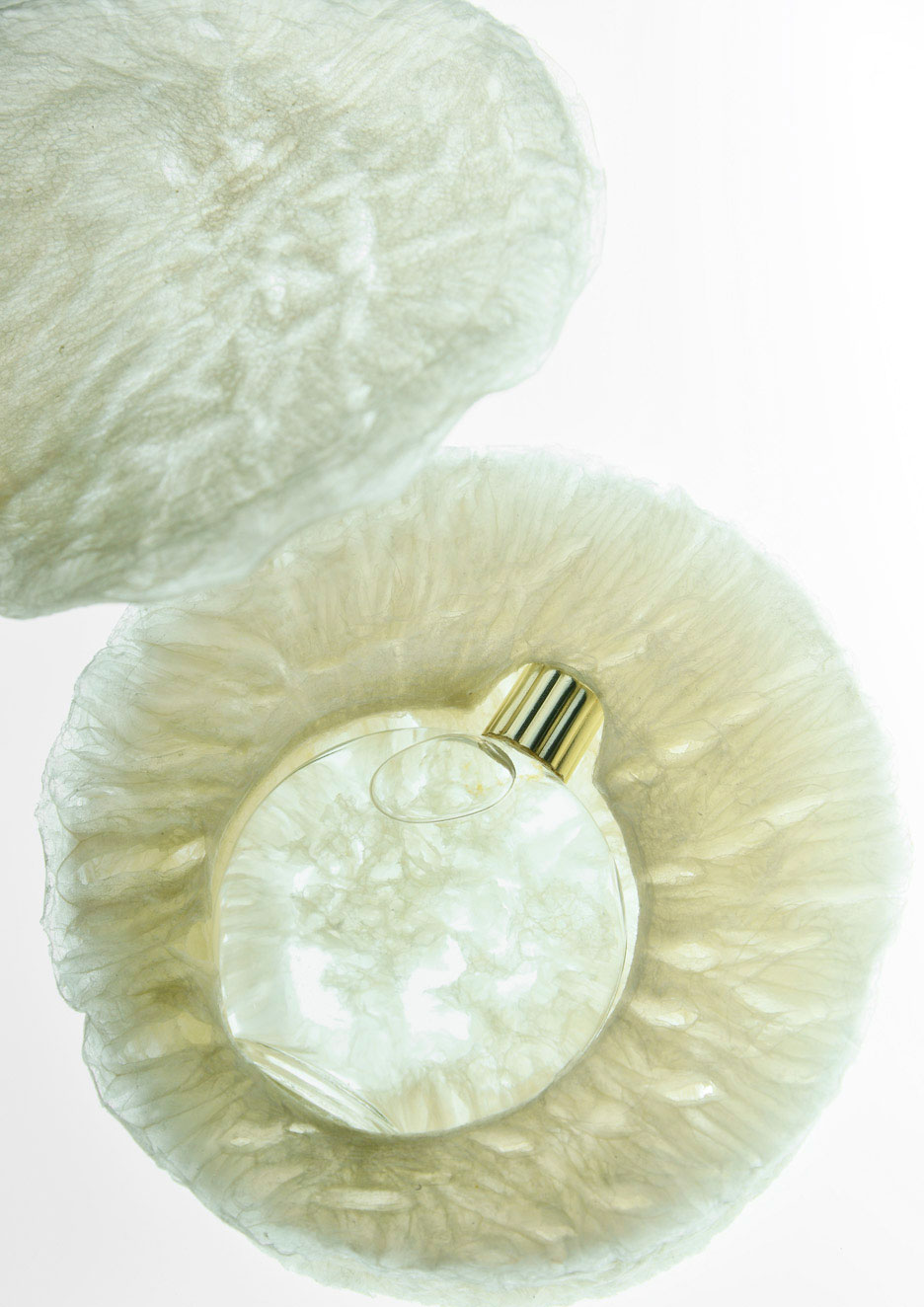
In 2017 Japanese design collective Amam displayed its project ‘Agar Plasticity – a Potential Usefulness of Agar for Packaging’ at Salone del Mobile. Although Amam’s agar, or seaweed, packaging has never been commercially used, the project offers a glimpse of what could be the next big thing in sustainable packaging.
Agar is a gelatinous material traditionally used for making sweets in Japan, but Amam experimented with the natural substance until it was able to make a solid version, durable enough to ship delicate products. Under the mentorship of Max Lamb, the Amam team developed the final form of the material and tested its effectiveness by shipping an agar-packaged perfume bottle from Tokyo to Milan. We’re happy to say the eco-experiment worked.
Here's to many more that do the same.
INFORMATION
Statistics from ‘Refined Refillable’ by strategic foresight consultancy The Future Laboratory and ‘10 Key Trends for 2021 & Beyond’ by trend forecasting company WGSN
Mary Cleary is a writer based in London and New York. Previously beauty & grooming editor at Wallpaper*, she is now a contributing editor, alongside writing for various publications on all aspects of culture.
-
 Put these emerging artists on your radar
Put these emerging artists on your radarThis crop of six new talents is poised to shake up the art world. Get to know them now
By Tianna Williams
-
 Dining at Pyrá feels like a Mediterranean kiss on both cheeks
Dining at Pyrá feels like a Mediterranean kiss on both cheeksDesigned by House of Dré, this Lonsdale Road addition dishes up an enticing fusion of Greek and Spanish cooking
By Sofia de la Cruz
-
 Creased, crumpled: S/S 2025 menswear is about clothes that have ‘lived a life’
Creased, crumpled: S/S 2025 menswear is about clothes that have ‘lived a life’The S/S 2025 menswear collections see designers embrace the creased and the crumpled, conjuring a mood of laidback languor that ran through the season – captured here by photographer Steve Harnacke and stylist Nicola Neri for Wallpaper*
By Jack Moss
-
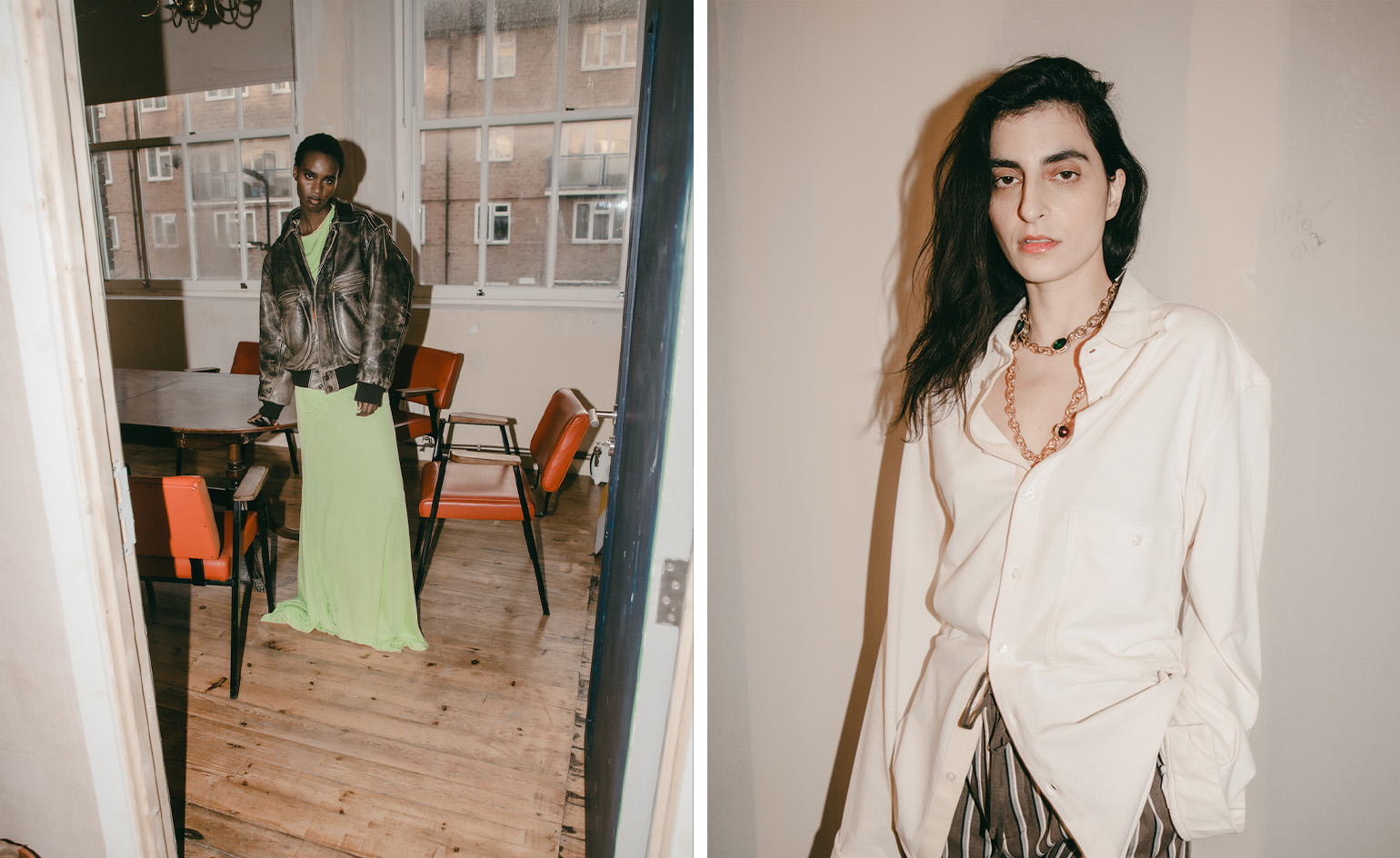 Cult 1960s boutique Granny Takes A Trip gets a sustainable reboot
Cult 1960s boutique Granny Takes A Trip gets a sustainable rebootFounded on King’s Road in 1966, ‘radically creative’ fashion store Granny Takes A Trip is being reimagined for a new generation. Dal Chodha takes a closer look
By Dal Chodha
-
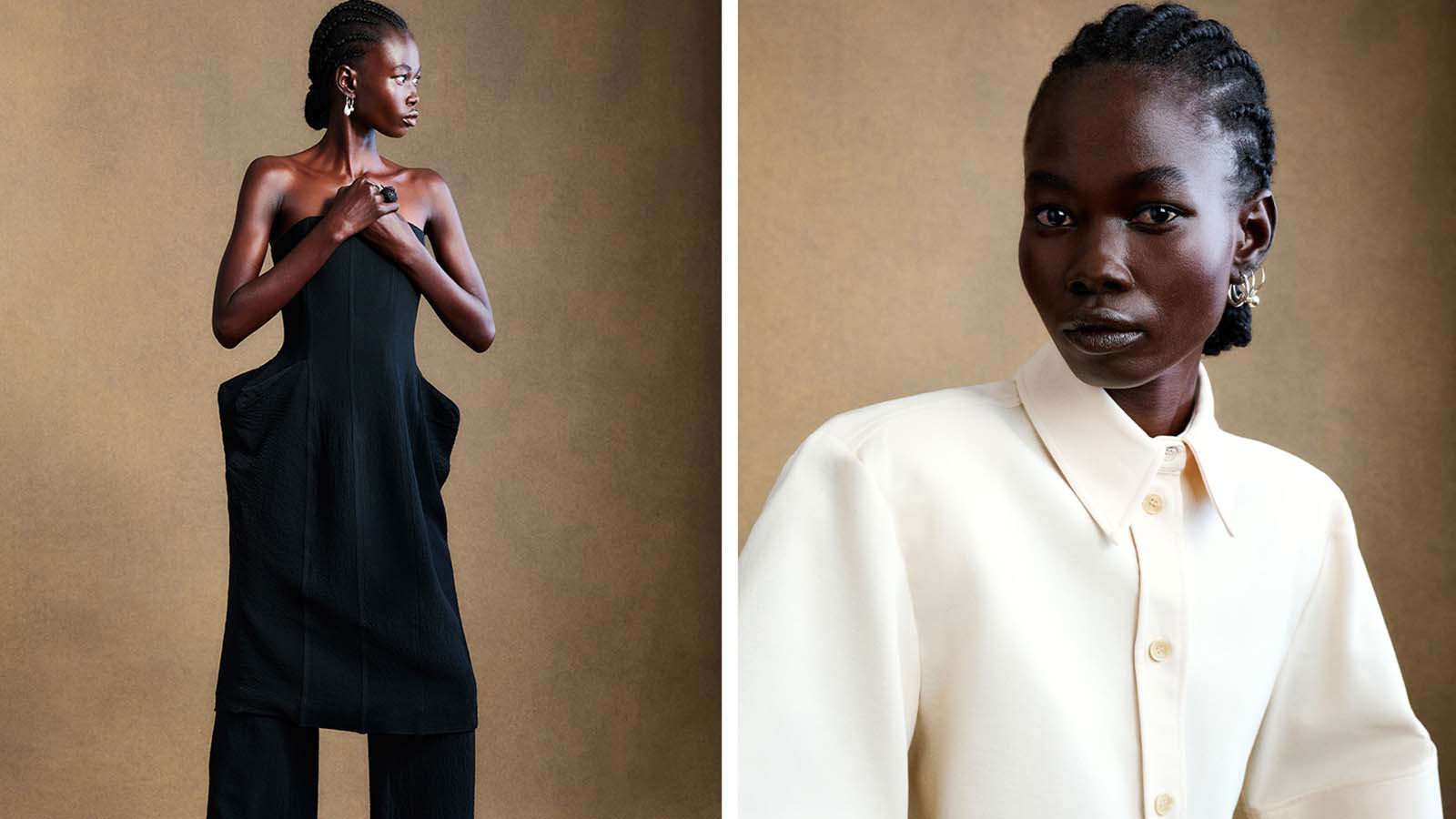 BITE Studios: ‘We want to have a brand which makes an impact’
BITE Studios: ‘We want to have a brand which makes an impact’BITE Studios is marrying sustainable textiles – from seaweed fabric to pea silk – with designs by a team including alumni of Proenza Schouler and Acne Studios
By Tilly Macalister-Smith
-
 Icicle, the cross-continental label championing sustainability for 25 years
Icicle, the cross-continental label championing sustainability for 25 yearsOn the arrival of a new collection, ‘Hemp Up’, womenswear artistic director Bénédicte Laloux tells Wallpaper* the story behind minimally minded fashion label Icicle
By Jack Moss
-
 Louis Vuitton announces decade long project to rewild London's Chelsea
Louis Vuitton announces decade long project to rewild London's ChelseaCentral London’s first ‘Heritage Forest' on Pont Street in Chelsea, will be the result of a rewilding partnership between Louis Vuitton, Cadogan and SUGi
By Laura Hawkins
-
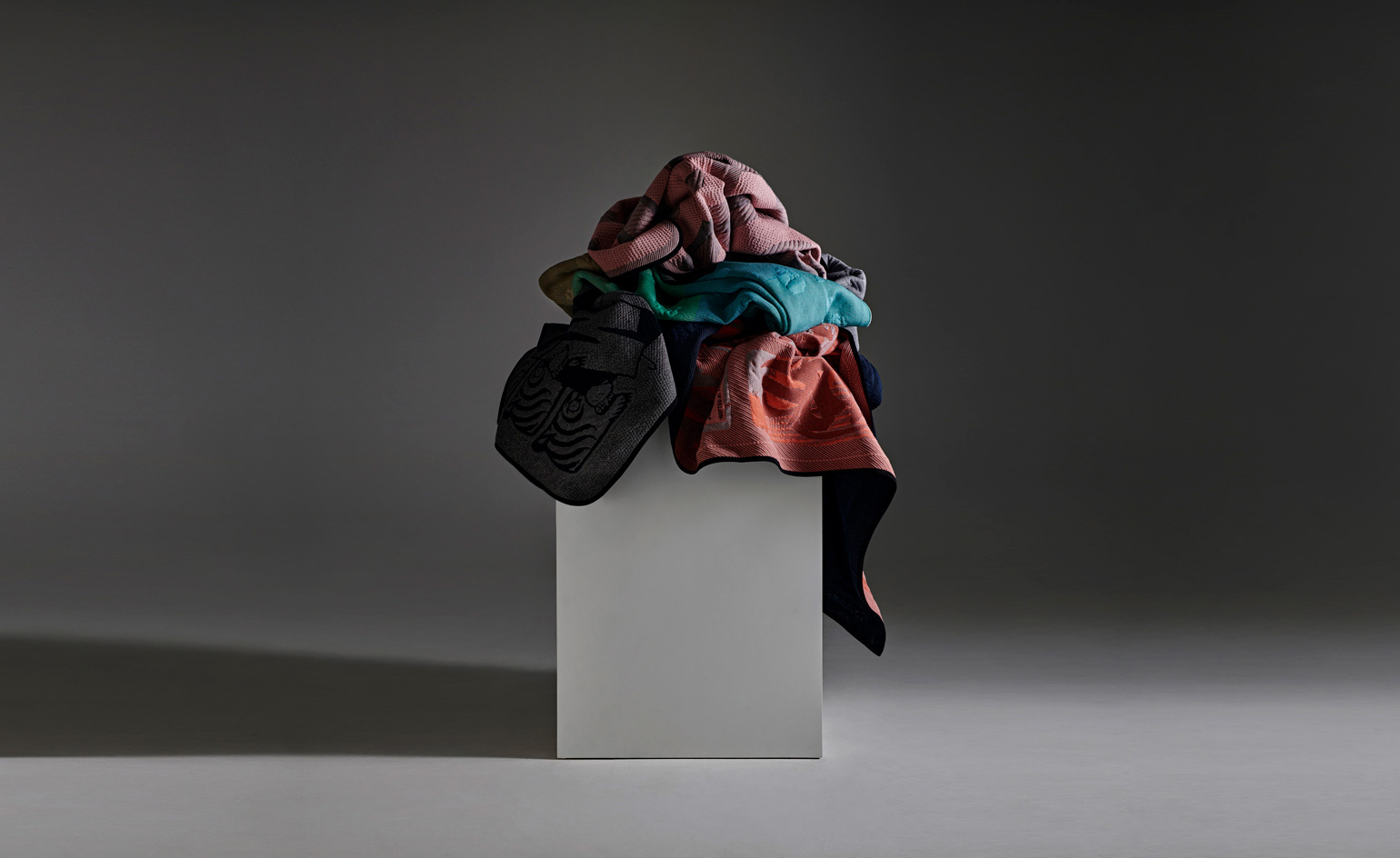 Textile innovator Byborre empowers creators to cut waste
Textile innovator Byborre empowers creators to cut waste‘We developed a new process that allows creators to innovate,’ says Borre Akkersdijk, co-founder of Dutch textile innovation studio and clothing label Byborre
By Yoko Choy
-
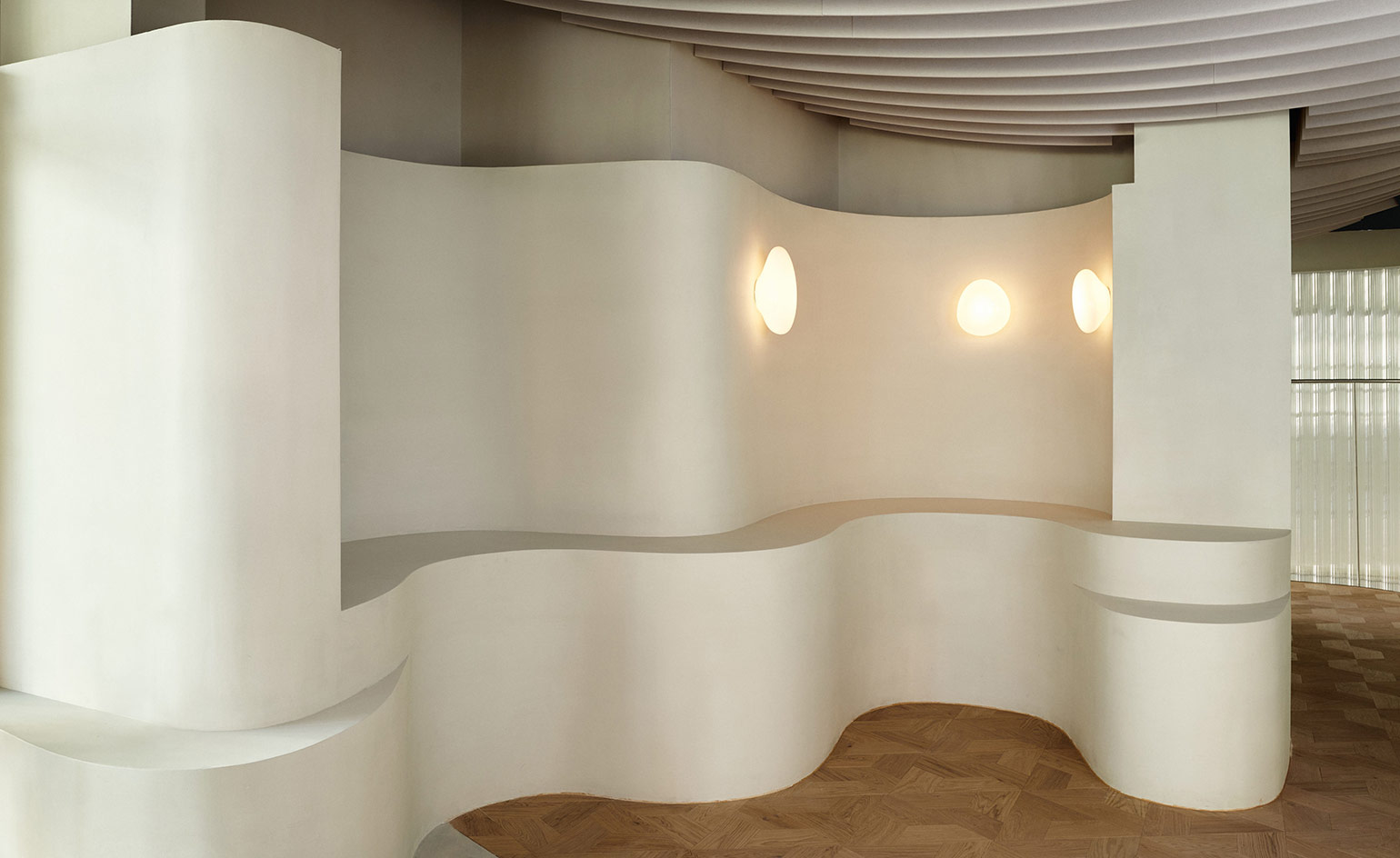 Water inspires Holzweiler’s Snøhetta-designed Oslo flagship
Water inspires Holzweiler’s Snøhetta-designed Oslo flagshipHolzweiler Platz, the new retail destination of fashion brand Holzweiler in Oslo, is designed by architects Snøhetta as a naturalistic space that unites fashion, art and food
By Laura Hawkins
-
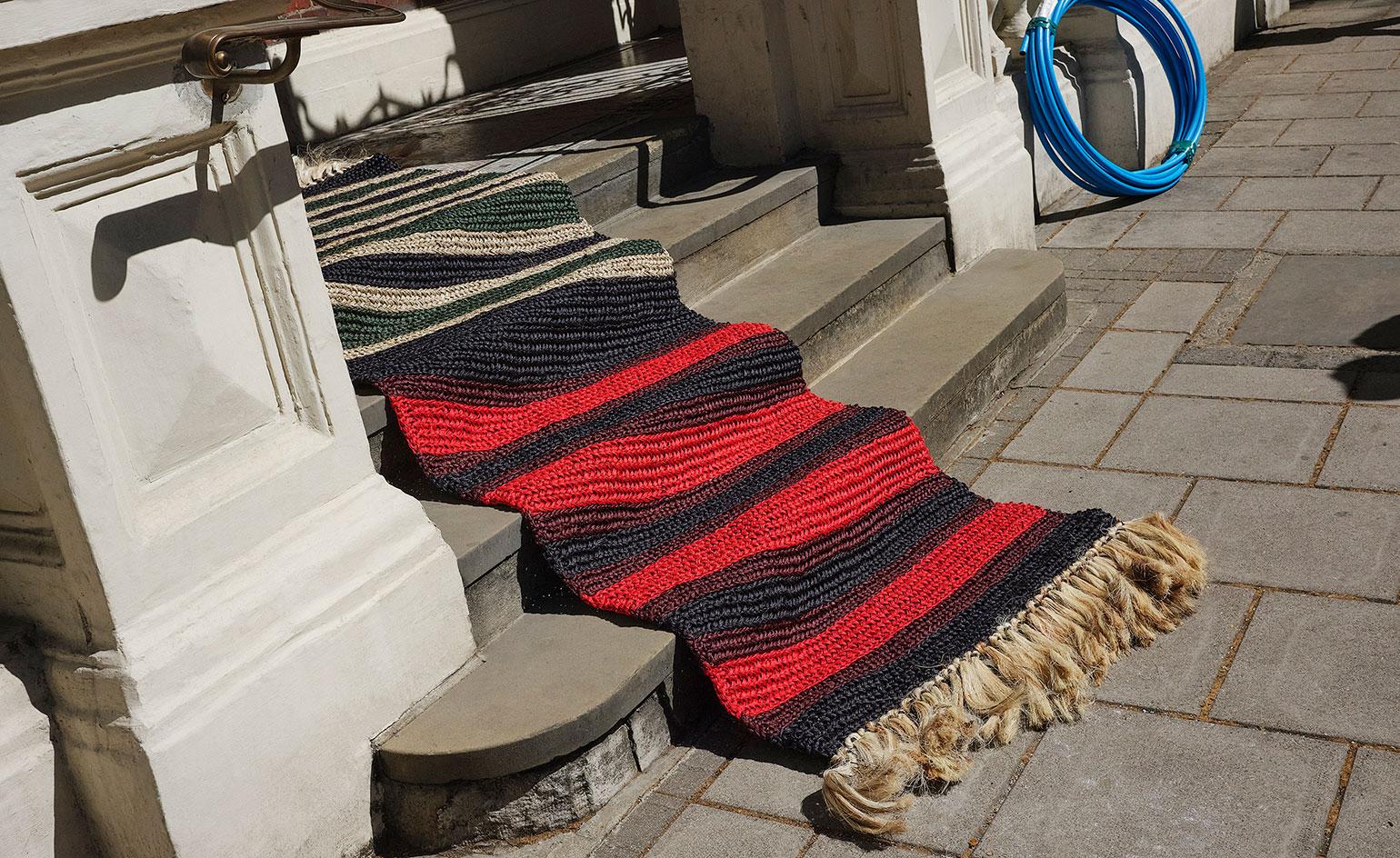 Marni Market arrives at Matchesfashion in Mayfair
Marni Market arrives at Matchesfashion in MayfairMatchesfashion is offering first access to its new Marni Market to Wallpaper* readers
By Laura Hawkins
-
 Advene’s debut bag is forever
Advene’s debut bag is forever‘We want our debut bag to stand the test of wear, weather, and time’
By Laura Hawkins